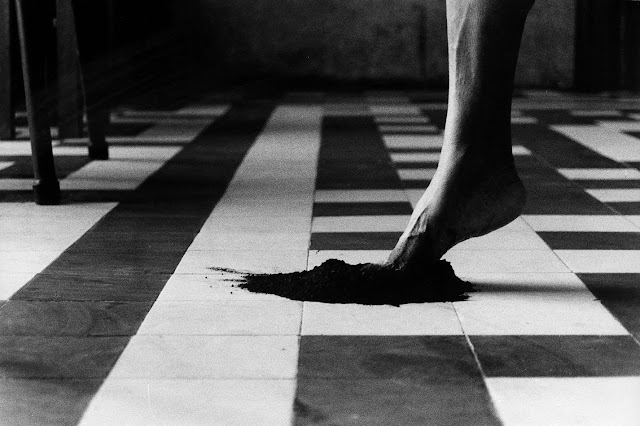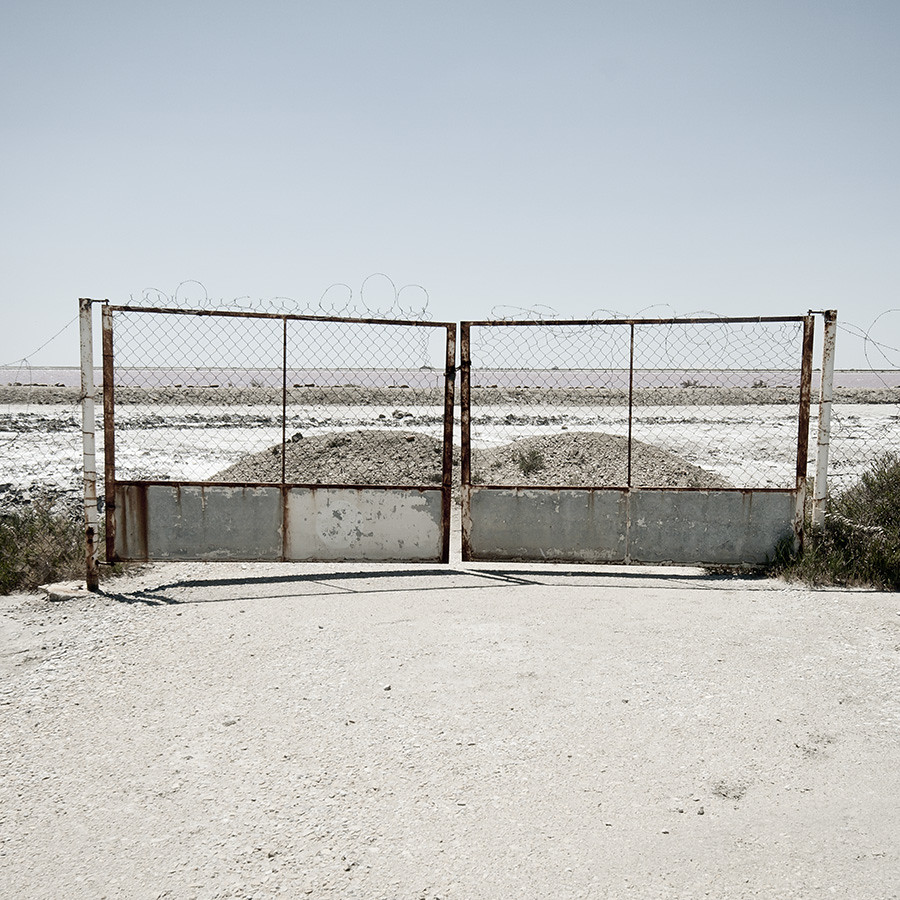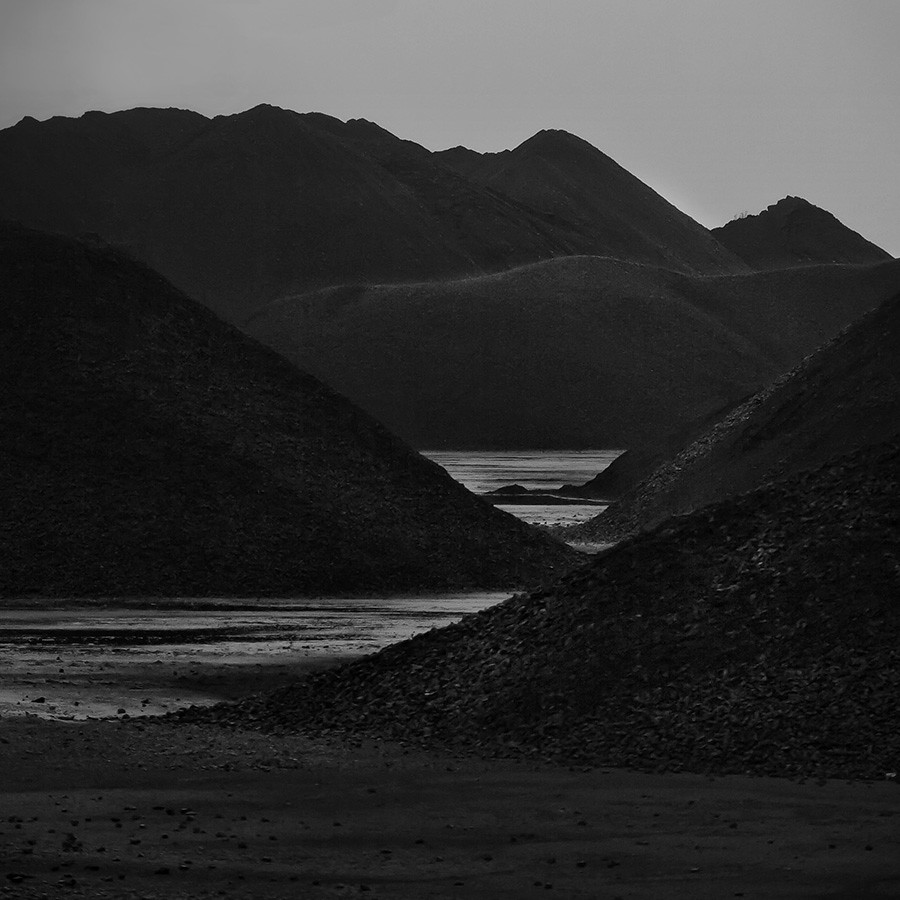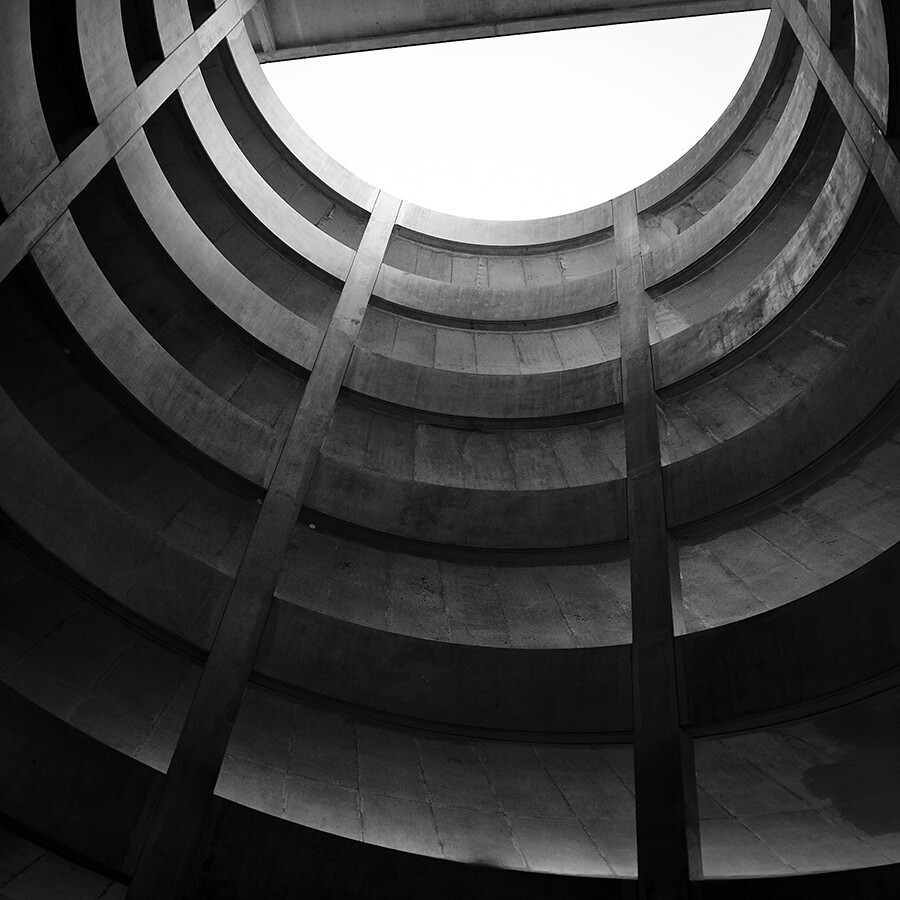1973
Born in Zurich, Switzerland
Lives and works in Berlin, Los Angeles and Zurich
Studied Photography at the Schule für Gestaltung, Zurich
Visited ‘de ateliers’, Amsterdam
Artist in Residence, Delfina Studios, London
Spontaneous and unpredictable, Fischer says ‘My work never ends up looking the way I intended... all that matters is if the artwork takes on a life of its own.’ Many of his pieces begin in play and consistently evidence their experimental evolution, even when highly finished, and they often appear in a state of decay or metaphysical transformation. If the entropic space between opposites is one of Fischer’s staples, the alchemy of the commonplace is another – furniture and fruit being among his favourite subjects. Brimming with voodoo or shamanistic energy, Fischer’s works positively palpitate with anthropomorphism, eliding definition between beautiful and ugly, elegant and awkward, graceful and burdened.
‘Each work begins with a quick sketch, but as soon as I start to work with materials, something goes wrong. For example, the thing won’t stand up and my irritation about that then leads to something else. My work never ends up looking the way I had intended. […] I don’t consider those sculptures unsuccessful. Something else just developed while I was working. It’s a two way street. Your thoughts determine the images, and it is the images, in turn, which determine your thoughts.’
Fischer’s interest lies with the everyday objects of our surroundings – food, drink, tables, chairs, cats. Instead of using and reconfiguring ready mades, Fischer makes objects. As his comments above highlight, the production process is organic and experimental, embracing both construction and destruction. The traces of this process remain at the core of the finished work - a roughness in the end piece often bears testimony to these signs of evolution. And at the extreme, as in the works Fischer made for his last show at HQ, What if the phone rings, a triptych of three life size women candles, the works continued to transform without the artist’s intervention, as the wicks were lit and the candles burnt down, morphing into new forms, beyond the artist’s control. And even with other finished objects, there is somehow an, albeit largely false, impression that they retain the potential for further evolution. This is perhaps not least due to the artist’s choice of riddle-like titles, a linguistic complement to the works, in which he combines common words into unexpected phrases, throwing out surprising verbal and visual connections. The finished works are unified by an upbeat feel.



























